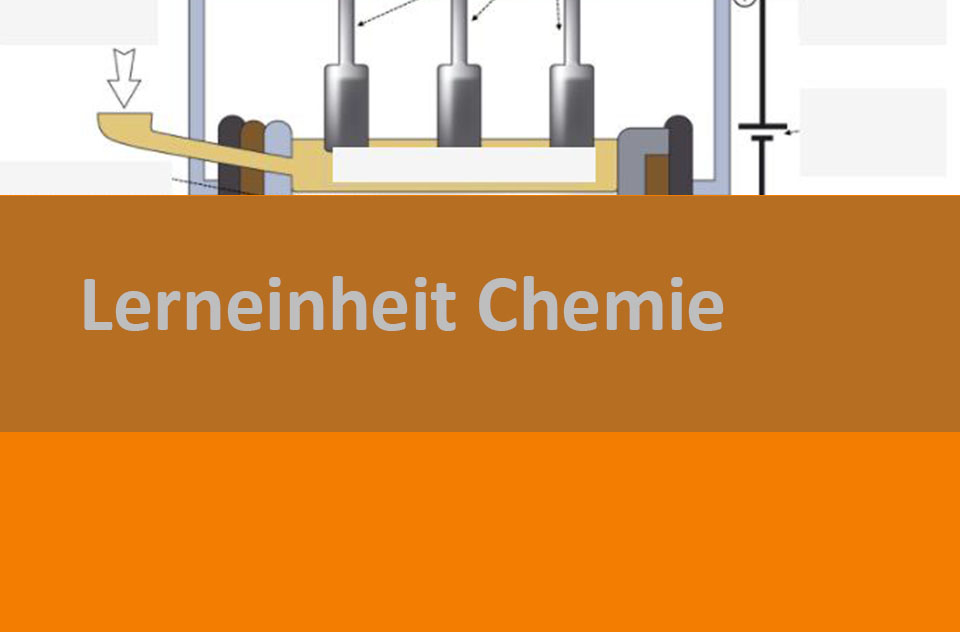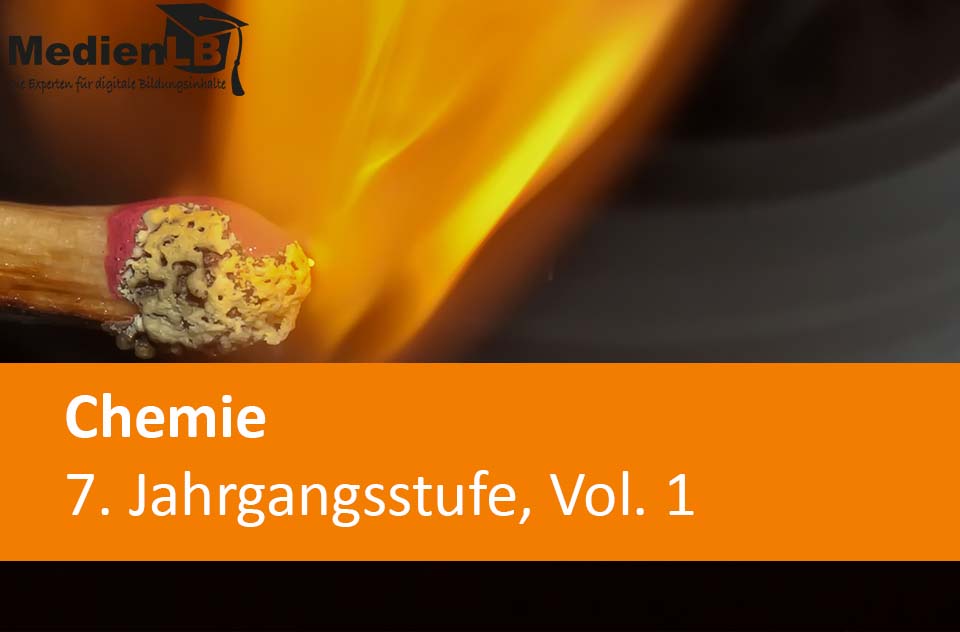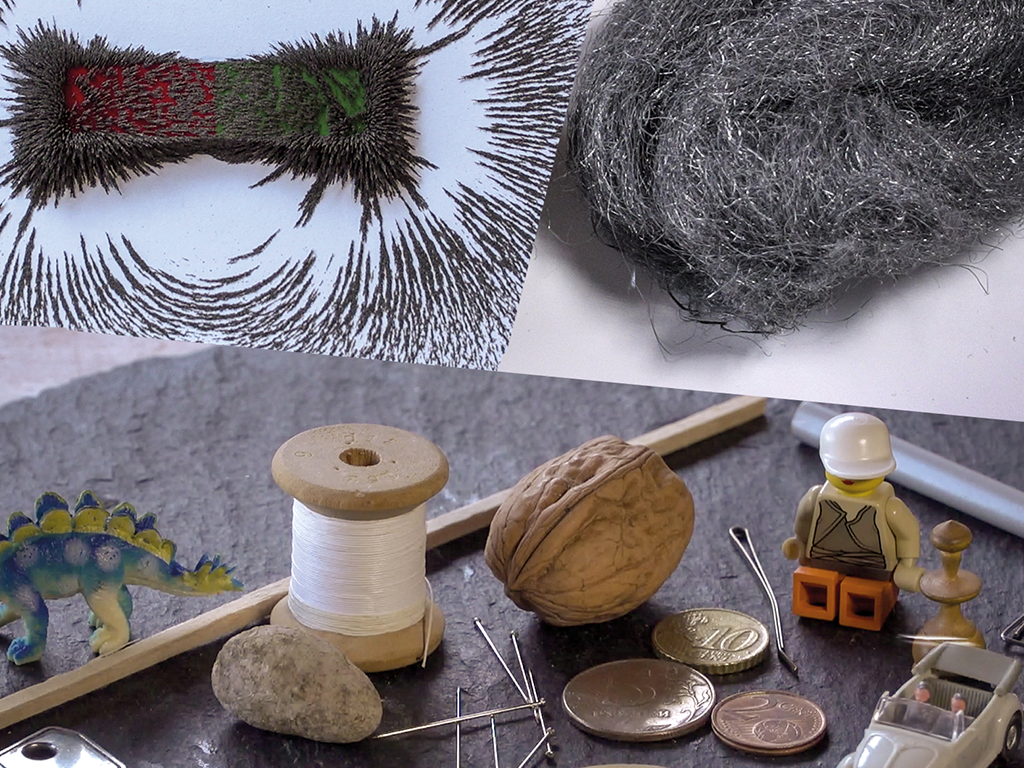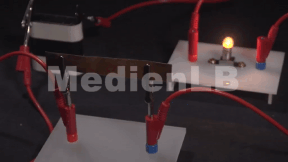
55502477
Aluminium
In 10 interaktiven Modulen und in interaktiven Videos wird Wissen zum Thema Aluminium vermittelt und abgefragt.
Das Medium bietet H5P-Aufgaben an, die ohne zusätzliche Software verwendbar sind.
Durch interaktive Aufgabentypen wird das audiovisuelle und interaktive Lernen einfach.
Lernen macht jetzt Spaß!
Included Tasks
- I Steckbrief Aluminium - Interaktive Aufgaben
- II Bauxit - Lückentext
- III Aluminiumherstellung - Bildzuordnung
- IV Vom Bauxit zum Aluminiumoxid - Interaktive Aufgabe
- V Bindungsarten von Aluminium - Interaktives Video
- VI Elektrolyse - Interaktive Aufgabe
- VII Warum rostet Aluminium nicht? - Interaktives Video
- VIII Eloxieren - Bildzuordnung
- IX Vor- und Nachteile von Aluminium - Interaktive Aufgaben
- X Aluminiumrecycling - Interaktive Aufgabe
Curriculum-centred and oriented towards educational standards
Matching
Redoxreaktionen
In unserem Arbeitsheft Chemie 7, Vol. 1 – Redoxreaktionen finden Sie 50 interaktive und didaktisch aufbereitete Aufgaben.
Lerneinheit Chemie 8 – Kalk
In unserem Arbeitsheft „Lerneinheit Chemie 8 – Kalk“ finden Sie 10 interaktive und didaktisch aufbereitete Aufgaben zum Thema Kalk.







